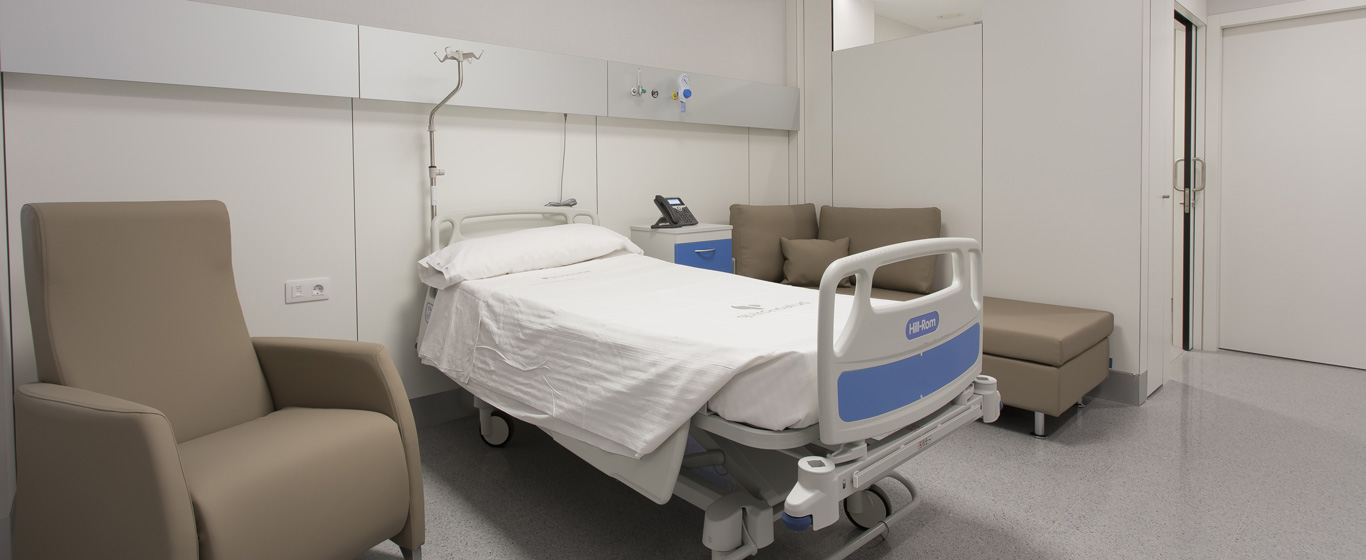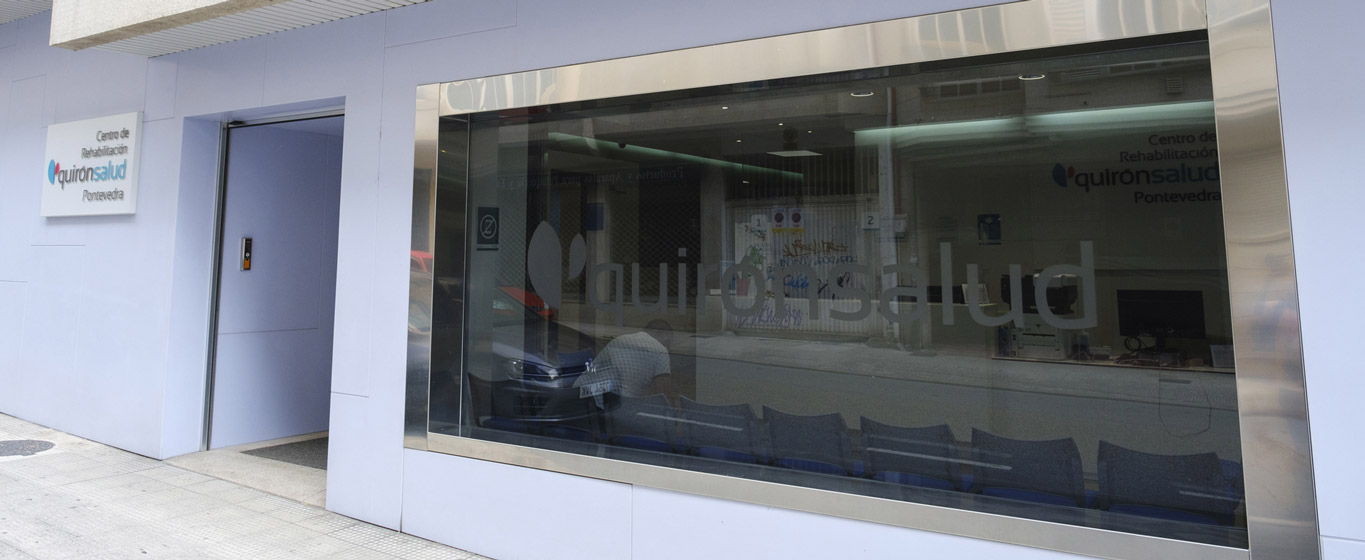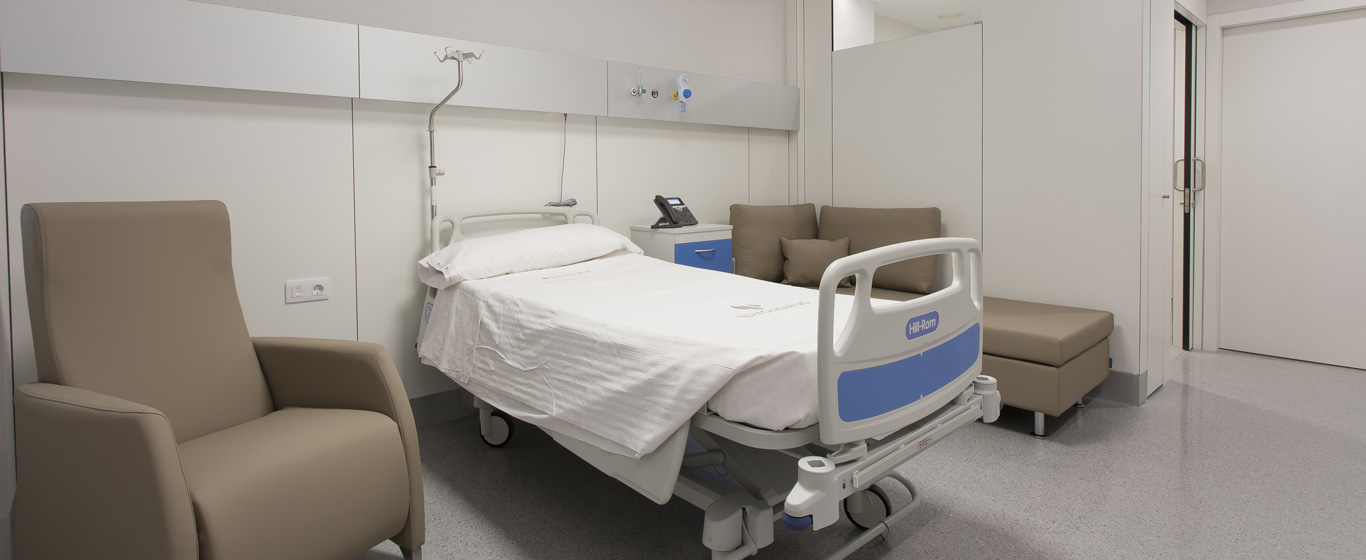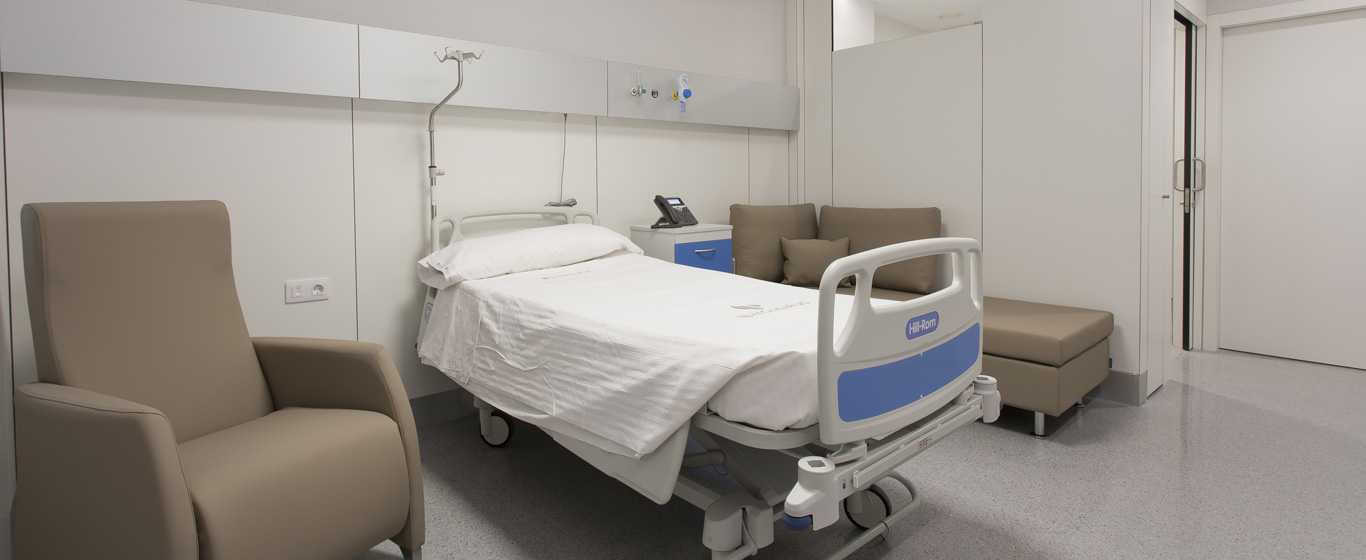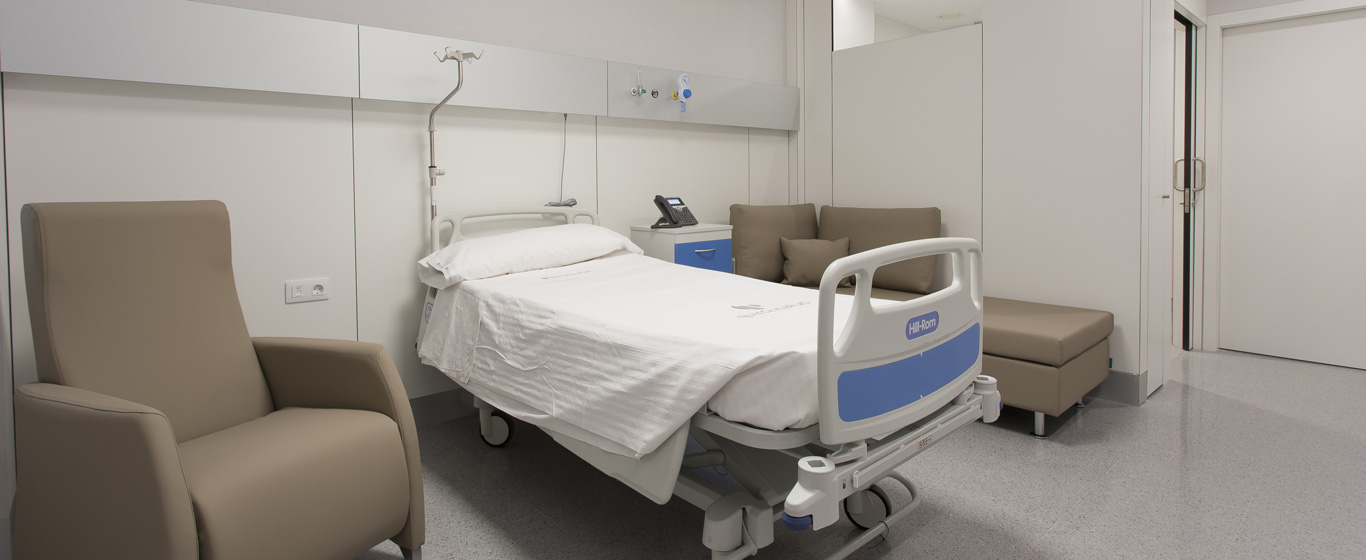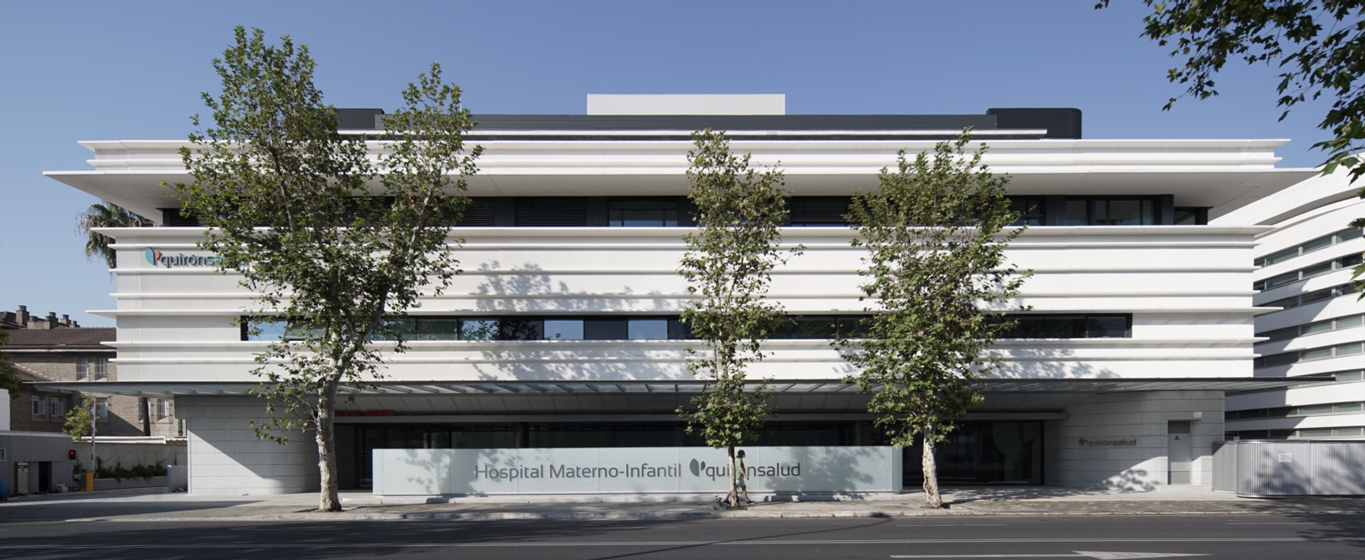Neonatal Tests
Neonatal tests are performed on newborns to assess their health status and detect genetic or metabolic disorders that cannot be diagnosed before birth. These procedures include hearing assessments and genetic screening.

General Description
Neonatal tests are examinations performed on newborns to detect genetic, hormonal, or metabolic disorders that are not visible to the naked eye but may cause serious health problems. Early detection allows for prompt treatment or adjustments in medical care if the condition is incurable, ultimately improving the baby's quality of life.
In the first minutes of life, the baby is weighed, and both height and head circumference are measured to determine whether they fall within normal parameters. Then, the APGAR test (Appearance, Pulse, Grimace response, Activity, Respiration) is conducted, evaluating:
- Appearance: skin color.
- Pulse: heart rate.
- Grimace response: reflex response.
- Activity: muscle tone.
- Respiration: breathing rate and effort.
In Spain, neonatal screening is a public health matter, meaning all newborns undergo these tests within their first hours or days of life. The screening includes:
- Endocrine-metabolic diseases: Diagnosed through the heel prick test or neonatal genetic screening. These include congenital hypothyroidism, phenylketonuria, cystic fibrosis, medium-chain acyl-CoA dehydrogenase deficiency, long-chain 3-hydroxyacyl-CoA dehydrogenase deficiency, glutaric acidemia type 1, sickle cell anemia, maple syrup urine disease, biotinidase deficiency, congenital adrenal hyperplasia, homocystinuria, and tyrosinemia type 1.
- Hearing loss: Focused on the early detection of hearing impairment.
- Critical congenital heart diseases (approved in January 2024): The primary goal is to detect these conditions before symptoms appear, reducing premature deaths, preventing associated disabilities, and improving prognosis.
When is it indicated?
Neonatal tests should be performed on all newborns.
How is it performed?
Immediately after birth, the pediatrician checks that the baby is breathing properly and is in good health.
One minute after birth, the first APGAR test is performed, followed by a second evaluation at five minutes. This test is conducted through observation and the use of a stethoscope. The newborn is then weighed on a scale, and both height and head circumference are measured using a measuring tape. These assessments take place in a room adjacent to the delivery room.
Neonatal screening is performed between 48 and 72 hours after birth and involves a heel prick—hence the name "heel prick test"—to collect a blood sample for laboratory analysis.
Hearing loss screening must be completed before the first month of life and consists of two parts:
- Otoacoustic emissions test: A headphone is placed in the ear canal, and a series of sounds are emitted to check if the ear responds normally by producing an echo.
- Auditory brainstem response test: Evaluates the function of both the auditory nerve and the brainstem. In this case, electrodes are placed on the head in addition to the headphones.
To assess the presence or absence of critical congenital heart diseases, pulse oximetry is performed within the first hours of life. This test measures the baby’s oxygen saturation using a clip-like sensor placed on the foot or right hand. If the results are abnormal, the test is repeated after 30 minutes to confirm any anomalies.
Risks
Neonatal tests pose no risk to the baby.
What to expect from neonatal tests
The APGAR test is performed without the presence of parents, immediately after birth. It is a non-invasive and painless procedure, and results are obtained after completing the second evaluation:
- Appearance: Normal color with pink hands and feet (2), normal color with bluish hands and feet (1), pale or bluish-gray color all over the body (0).
- Pulse: More than 100 beats per minute (2), less than 100 beats per minute (1), no heartbeat (0).
- Grimace response: Cries when stimulated, coughs, withdraws (2), facial movements with stimulation (1), no response to stimulation (0).
- Activity: Active and spontaneous movement (2), arms and legs show little movement (1), limpness (0).
- Respiration: Normal breathing and strong crying (2), irregular or slow breathing with weak crying (1), no breathing (0).
The above classification results in a score from 0 to 10, where 7 to 9 is normal, and 10 is rare, as most newborns have some discoloration in their hands and feet after birth. Premature babies or those born via emergency cesarean section often score below 5 and may require special care in an incubator.
For neonatal screening, it is recommended that the blood sample be taken while the baby is in the mother’s arms, as this provides comfort after experiencing pain from the prick. Results are sent by mail within a maximum of 30 days.
For the hearing loss test, it is recommended that the baby be calm or asleep, as they may become irritable when the headphones are placed. The specialist provides results immediately after the test.
When the pulse oximeter is placed on the foot or hand, newborns feel no pain or discomfort. As with the previous test, results are available as soon as the examination is completed.
Specialties requesting prenatal tests
Prenatal tests are conducted by specialists in pediatrics or nursing.
How to prepare
No special preparation is needed for these tests.







